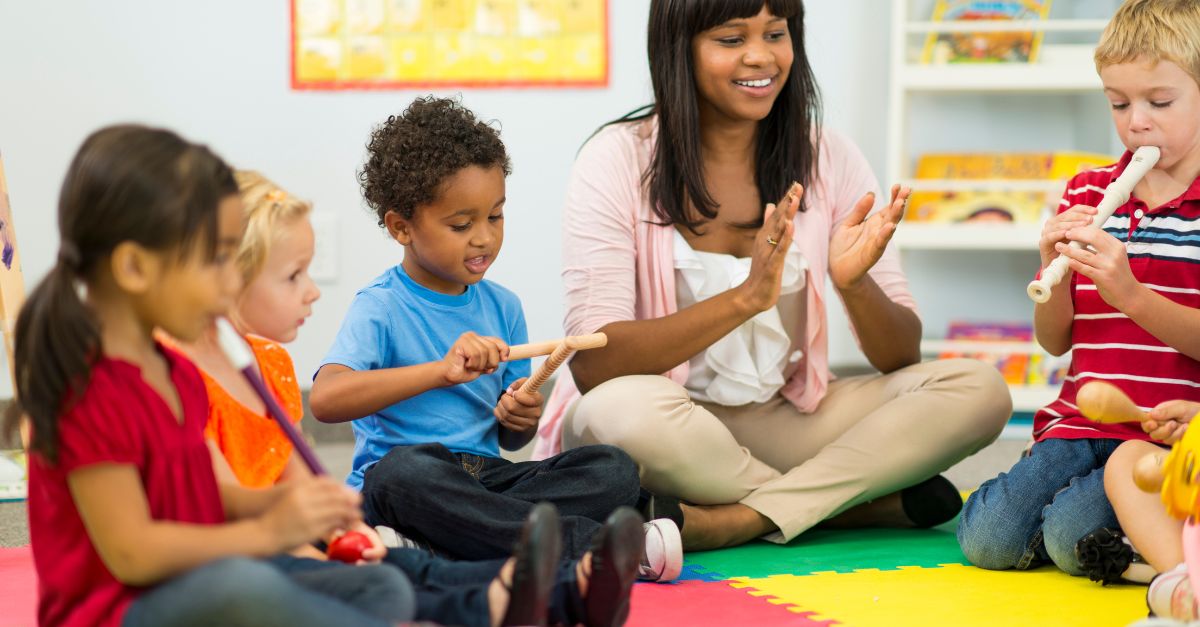Continuity of care is a foundational principle in high-quality early childhood education programs. At its core, it means ensuring young children remain with the same caregivers over an extended period of time—more than one year, and most often for the first three years of a child's life. This consistency provides an environment where children can form secure, nurturing relationships with their caregivers, which research has shown is essential for their emotional, social, and cognitive development.
Continuity of care extends beyond the individual caregiver. It involves thoughtful program policies that promote stability, support caregiver retention, and prioritize the deepening of relationships between children, families, and educators.
According to the National Association of the Education of Young Children (NAEYC) continuity of care has emerged as a strongly recommended practice for infant and toddler care and education, endorsed by NAEYC, Zero to Three, and the National Head Start Association, among other organizations.

5 Benefits of Continuity of Care in Early Childhood
1. Fostering Secure Attachments
Infants and toddlers thrive in stable relationships with consistent caregivers. Studies by Helen H. Raikes have shown that children who stay with the same caregiving team for at least 12 months develop stronger, more secure attachments. These attachments form the foundation for healthy brain development and social-emotional growth, enabling children to explore their environments confidently and engage in learning.
2. Reducing Stress for Children and Families
Transitions in care—such as changing caregivers or peer groups—can be stressful for children, potentially leading to developmental or behavioural regressions. Continuity of care minimizes these disruptions, allowing children to progress more smoothly in their development. Parents also experience reduced stress, as they don't need to navigate frequent adjustments to new caregivers or routines.
3. Promoting Caregiver Understanding of Child Development
Continuity allows caregivers to spend extended time with the same children, deepening their understanding of each child's unique needs, temperament, and developmental trajectory. This intimate knowledge fosters individualized care, which is particularly beneficial during the rapid growth of the first three years of life.
4. Encouraging Family-Caregiver Partnerships
Strong, lasting relationships between families and caregivers are a hallmark of continuity of care. These partnerships create a family-like atmosphere where caregivers can support parents as advocates for their children's development. This collaboration strengthens families' confidence and sets a positive tone for their engagement in their child's development and future education.
5. Smoother Transitions to Preschool
Children who experience continuity in their early years often transition to preschool with greater ease. Their secure relationships with caregivers provide a stable foundation, helping them adapt to new environments and form connections with future educators.

Models of Continuity of Care
NAEYC has outlined that early childhood education programs that implement continuity of care are typically using one of two primary models:
- Looping: In this model, a caregiving team starts with a group of infants and moves with them as they grow into toddlers and preschoolers. This cycle can last up to three years, after which the caregivers return to a new cohort of infants.
- Mixed-Age Groups: Here, children of varying ages (e.g., infants, one-year-olds, and two-year-olds) remain together with the same caregivers. New infants join the group as older children transition to preschool, creating a consistent yet dynamic environment.
Policies and Practices That Support Continuity of Care
Achieving continuity of care requires intentional strategies and program design. Key practices include:
- Stability in Teacher Employment: Retention policies, such as offering bonuses for tenure and providing adequate compensation, are critical for keeping caregivers engaged and reducing turnover.
- Primary Caregiving Assignments: Assigning caregivers to small groups of children ensures they can provide individualized attention and build deep connections with both the children and their families.
- Thoughtful Scheduling: Aligning caregiver schedules with children's attendance patterns allows for more meaningful interactions during drop-off and pick-up times, fostering stronger family relationships.

The Broader Impact of Continuity of Care
The significance of continuity of care goes beyond individual child development. It also has implications for community well-being and social equity. For vulnerable families facing challenges or economic instability, continuity in childcare provides a consistent and supportive environment. This stability helps mitigate the effects of adverse childhood experiences, which can have long-term consequences on health and education outcomes.
Moreover, continuity of care can empower families by expanding their social networks. Childcare settings that foster long-term relationships often create community ties, allowing families to share resources, support one another, and build collective resilience.
Why Continuity of Care Matters
Research consistently shows that early childhood programs emphasizing continuity of care yield better outcomes for children, families, and caregivers. These programs strengthen the social-emotional foundation children need for lifelong success while reducing stress and creating a nurturing environment.
Investing in continuity of care is an investment in the future. Policymakers, early childhood educators, and community leaders must prioritize practices that promote long-term stability and high-quality caregiving. By doing so, they ensure that every child has the opportunity to thrive in a safe, supportive, and enriching environment.
Continuity of care is more than just a childcare strategy—it is a philosophy rooted in respect for the relationships that shape a child's earliest experiences. By valuing stability and connection, we can give infants and toddlers the strongest start possible!